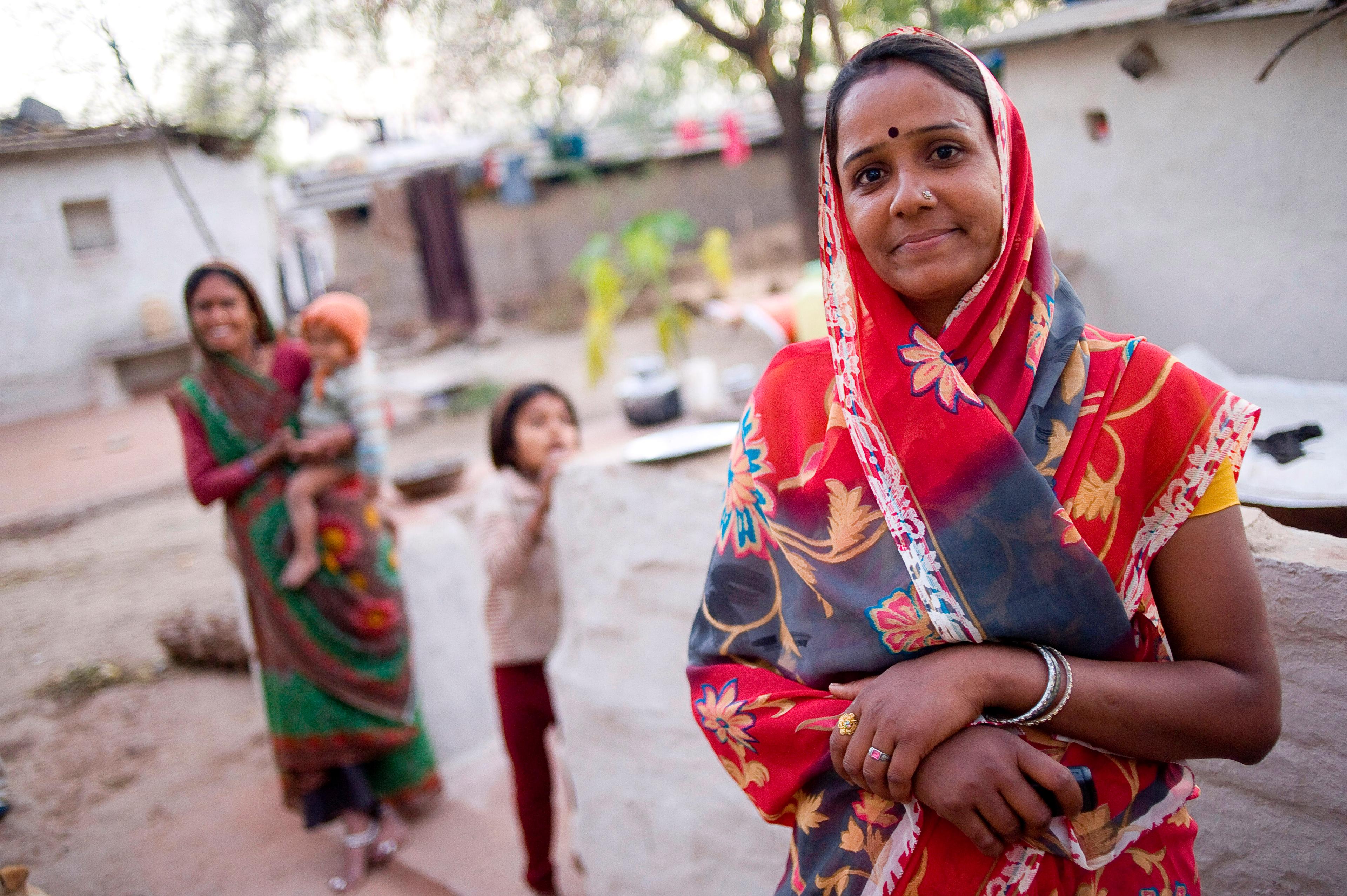For a primer on the Reach Every Mother and Child Act, see this previous post on our blog. Here, Scott explains the Maternal and Child Survival Coordinator position and argues that it has the most potential for impact at USAID.

Everybody knows our representatives don’t accomplish much. But they’ve actually reached a few pretty big milestones recently: just last month, four major pieces of global health and development legislation passed through the House Foreign Affairs Committee. The Reach Every Mother and Child Act (or Reach Act), not included in those four, is another piece of particularly high-impact legislation that is quickly garnering bipartisan support.
The most important reform in the Reach Act is probably the Maternal and Child Survival Coordinator position (Coordinator, for short). The Coordinator position is designed to give authority to an existing employee within USAID to coordinate spending across agencies, set budget priorities, and take other actions that would maximize the effectiveness of US spending on global health.
Ariel Pablos-Mendez, the current Coordinator, has begun implementing an evidence-based strategy to end preventable newborn, child, and maternal deaths called Acting on the Call. Acting on the Call prioritizes the most effective interventions and has already dramatically increased the impact of U.S. global health investments. In order to fully implement the strategy, however, the Coordinator position would need to be institutionalized past the current USAID administration and even into future U.S. presidencies.
The idea for the Coordinator position follows the advice of the Blue Ribbon Panel, commissioned by USAID’s previous Administrator Raj Shah, basically to the letter. George Bush’s Presidential Malaria Initiative (PMI) has had enormous, albeit quiet success with Rear Admiral Timothy Ziemer acting as U.S. Global Malaria Coordinator, which is where the idea for a Coordinator position at USAID came from. Although PMI is far from the President’s Emergency Plan for AIDS Relief (PEPFAR) in terms of media attention and overall funding, PMI’s effectiveness has earned praise from policy wonks and even a flattering profile in the New York Times.
A good amount of PMI’s success has come from Ziemer’s leadership, but the broader lesson for global health is that well-defined initiatives can be achieved when a single person is given the ability to coordinate and focus decision-making, especially across agencies . Acting on the Call is the framework for how USAID can help end preventable newborn and maternal deaths by 2035, but enacting this vision requires a leadership structure like PMI’s.
Some of the benefits of this kind of leadership structure are hard to quantify in terms of impact - think smoother reporting requirements, better coordination, etc. Other benefits, however, are quite tangible: with a coordinator in place, USAID would have a much easier time prioritizing the high-impact interventions in Acting on the Call. Although we can’t exactly predict the degree to which future coordinators would fund specific interventions, we do know that spending priorities will move up the cost-effectiveness ladder considerably.
One last detail to follow on the Reach Act - arguably the most important - is how the Senate and House will negotiate differences in how they think the coordinator position should function. Lauren Post at the Center for Global Development has an excellent blog post explaining the current differences, namely that the House version would give the coordinator more authority to coordinate across agencies - exactly what U.S. funding for global health needs.